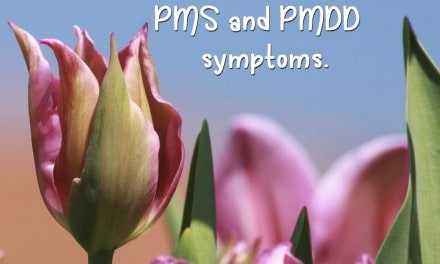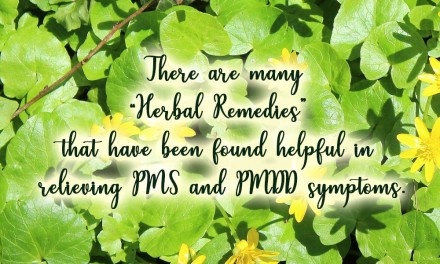It surprises many young women when they experience hot flashes as one of their PMS or PMDD symptoms. Most people assume from jokes and popular media that hot flashes only happen to older, perimenopausal or menopausal women. But actually, many younger women do have hot flashes several days prior to their menstruation period.
Studies show that women who do experience hot flashes along with their PMS symptoms have also reported that they experience some or all of the following symptoms.
- Profuse sweating and feeling overheated
- Nausea
- Palpitations
- Anxiousness
- Flushed face, chest and neck.
How Do You Know If You Are Having Hot Flashes?
Some women who have hot flashes describe the experience as feeling a sudden wave of heat enveloping them. It may begin at the neck which then slowly progresses upwards to the face. Other women feel an internal heat. A hot flash may typically last for about 20 seconds. However, the woman may have to wait quite a few minutes before she feels “normal” again.
Some women experience hot flashes throughout the day or at night during PMS. You may have heard of night sweats, another common symptom in menopause. The severity of a hot flash a woman experiences in her twenties is usually milder compared to the hot flashes she may later experience during her menopausal years.
Unfortunately, even if your menstrual-related hot flashes occur for only several seconds, they may increase in frequency, intensity and duration as you get older.
When Hormonal Imbalance Causes Problems
Most experts agree that the cause of PMS, including any hot flashes, has something to do with the fluctuation of hormonal ratios.
In the days leading up to a woman’s menstruation period her body has a significant drop in estrogen levels. This reduction in estrogen adversely affects the body’s ability to regulate body temperature, therefore hot flashes are more likely to occur.
The sudden drop of this hormone (estrogen) tells the hypothalamus in the brain that the body is overheating. Consequently, the brain then signals the body to cool down and this causes the blood vessels to expand, which increases the production of sweat.
Furthermore, this decrease in estrogen also exacerbates any imbalances that may be already present in the woman’s sympathetic and parasympathetic systems, and which may be unrelated to menstruation.
There can be many reasons why an increase in activity of the sympathetic system is triggered, including stress, anger, anxiety and too much caffeine. When there is an increase in the activity of the sympathetic system, the likelihood of having a hot flash also increases.
Coping with Hot Flashes
Many people find various supplements help to reduce the hormonal fluctuations that are common before or during the menstrual cycle. (If your hot flashes become debilitating, consult your doctor.)
Diaphragmatic Breathing – Helps Both Your PMS Symptoms and Hot Flashes
Research shows that 20% of women who practice diaphragmatic breathing have been able to reduce the frequency and intensity of their hot flashes. Plus, the same group of women were also found to have fewer troublesome PMS symptoms.
Breathing exercises stimulate the relaxation response of the body, thereby reducing the production of cortisol – the stress hormone. Remember that stress can increase the body’s core temperature, so the idea is to reduce stress as much as possible. Elsewhere on this website you should find advice about reducing stress.





Recent Comments